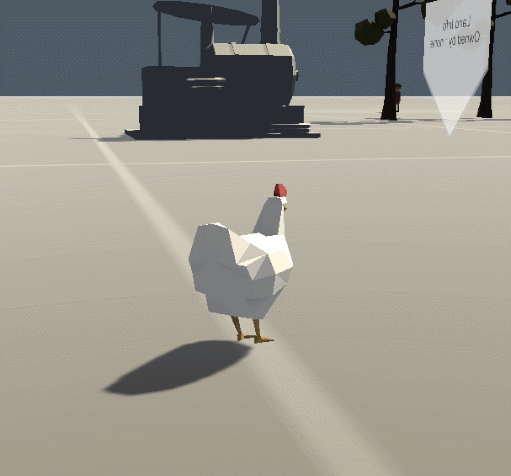There's a lot going on in the creation and the assignment of a job to an NPC. So the UI is probably the most complex I've made so far in my short dev career. Can I really call it that? I hesitate to even show it as it's so damn ugly, but it's easier to post a picture than describe it all.
Essentially the left panel is where the job is constructed while the right panel contains posted jobs, saved jobs and inventory items that plug into actions. Not the most refined, but it's working (mostly).
The job menu has already been through several iterations. With many more to come. I'm trying to hold off on the fancier bits until the full design is complete or at least closer to complete. Each new action makes me rethink the design of the UI or at least the action interface. Once the set of actions are more complete the design of the UI should come together.
Creation of Actions
The first action created was a rather useless one in that it was a random wander. Not something you'd likely want to pay some one to do, but served as a good testing grounds for the system as a whole.
I would like to keep the number of actions fairly small, but still allow a wide range of jobs for the NPC to complete. Hunting for the system that allows emergent behavior! Currently actions are focused on the collection and delivery of resources. I hacked Inventory Pro to use the item database for the job actions. This greatly simplifies what I have to create and also helps keep a common interface and database.
At the moment I have one UI prefab for all actions and I am simply toggling on/off the needed parts. I'm not sure this is the best solution, but seems to be working fairly well. The toggling is controlled by a series of booleans in the actions themselves - the info in this communicated when the action UI element is created.
So far the available options are an item, location, range from location, and a number of times to repeat the action. These options are holding up well with the exception of needing to show or indicate the location. At the moment the location is a vector3 which is pretty useless to the player...
The Results?
The results of this work is a functional prototype of a job system. It's not complete, it's not ready to be added, but it was a proof of concept. The job system is likely to be left out of the first alpha build, but should make it's way in once the first couple rounds of bug fixing and balancing.
What's Next?
The job system was the last major piece of coding that needed to be completed in the prototype phase. So now the working goal is a fully playable alpha build.
This leaves me focused on the visuals. In particular I begun the process of modeling buildings and working to refine my terrain creation process. I want to include rivers and waterfalls both as eye candy buy also as potential energy sources (hyrdo), but getting a low poly waterfall to look decent is tricky... but more on that in my next post.
I'll leave you with a WIP render of some market stalls.








